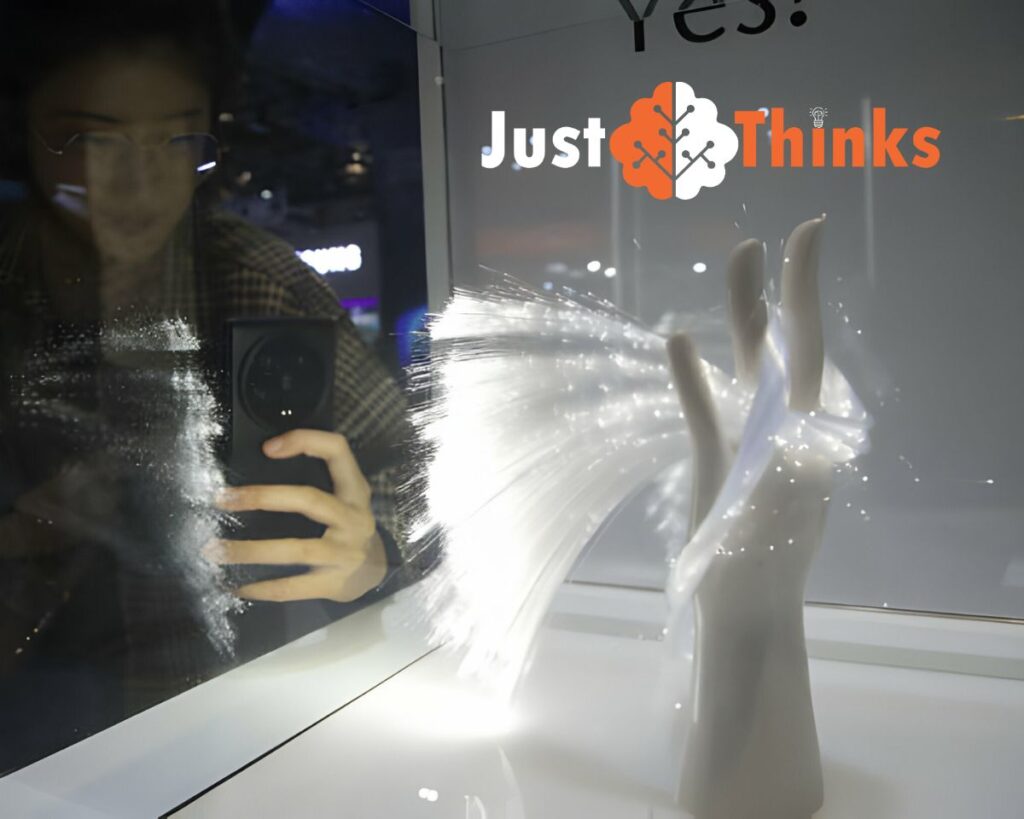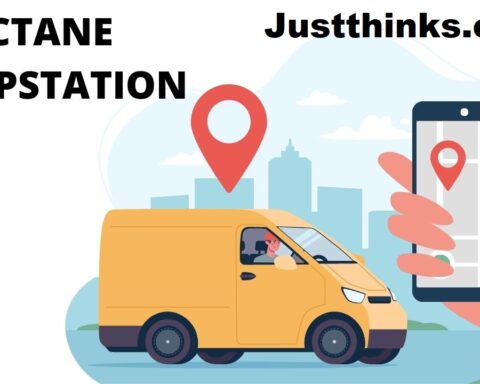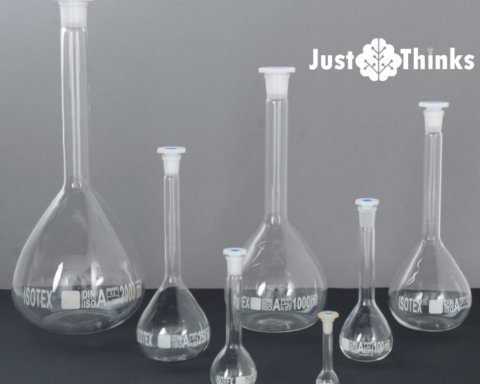Introduction
In an era where the internet has become as essential as the air we breathe, the quest for faster, more reliable connectivity has never been more critical. Enter the hero of our digital age: fibre optic cable. This groundbreaking technology is not just an upgrade; it’s a revolution in how we transmit data, offering speeds and reliability that traditional cables can only dream of.
Understanding Fibre Optic Cable
What is Fibre Optic Cable?
At its core, fibre optic technology is a marvel of engineering. Developed over decades, it uses hair-thin glass or plastic fibres to transmit data through light. This principle, simple yet profound, allows for data to travel at speeds close to that of light itself. Unlike traditional copper cables, which use electricity, fibre optics offer a leap in both speed and bandwidth.
The Advantages of Fibre Optic Cable
Why Choose Fibre Optic Over Traditional Cables?
The benefits of fibre optic cables are vast. They can transmit data over long distances without losing speed or quality, are less susceptible to interference and data theft, and offer a scalability that traditional cables can’t match. For businesses and consumers alike, this means faster internet speeds, more reliable connections, and the capacity to handle the ever-growing demand for bandwidth.

Applications of Fibre Optic Cable
Lighting Up the World with Fibre Optics
Fibre optic cables have found their way into various sectors, proving their versatility and importance. From providing backbone infrastructure for the internet and telecommunications to facilitating advancements in medical procedures and national defense systems, fibre optics are at the forefront of technological innovation.
Installation and Maintenance
Laying the Foundations of the Future
Despite the advanced technology behind fibre optics, installing and maintaining these cables is surprisingly straightforward. They are lighter, less bulky, and more durable than their copper counterparts, making them easier to handle and less susceptible to damage.
The Future of Fibre Optics
What Next for Fibre Optic Technology?
The future looks bright for fibre optic technology. With ongoing research aimed at increasing data transmission rates and reducing costs, the potential applications are limitless. From enhancing the Internet of Things (IoT) to paving the way for smart cities, fibre optics will continue to play a pivotal role in shaping our digital future.
Overcoming Challenges
Navigating the Fibre Optic Frontier
Despite its many advantages, the transition to fibre optic technology comes with its challenges. The initial cost and effort of laying down fibre optic infrastructure can be significant, especially in rural or undeveloped areas. However, the long-term benefits — increased speeds, improved reliability, and lower maintenance costs — make it a worthwhile investment.
Conclusion
Fibre optic cable technology is not just a step forward; it’s a leap into the future. Its impact on our digital lives is profound, offering possibilities that were once deemed impossible. As we navigate this fast-paced digital world, the light guiding our way is clearer and brighter than ever, thanks to fibre optic technology.
FAQ Section
What makes fibre optic cable faster than traditional cables? Fibre optic cables use light to transmit data, which can travel much faster and over longer distances without degradation compared to electrical signals through copper wires.
Can fibre optic cables be used in any weather conditions? Yes, fibre optic cables are less susceptible to weather and environmental conditions than copper cables, ensuring reliable data transmission regardless of the weather.
What are the costs associated with switching to fibre optic internet? While initial installation costs can be higher than traditional internet, the long-term savings in maintenance and the benefits of higher speeds often outweigh these initial investments.
How does fibre optic technology impact environmental sustainability? Fibre optic cables are more energy-efficient and require less raw material than copper cables, contributing to a more sustainable and environmentally friendly technology infrastructure.






